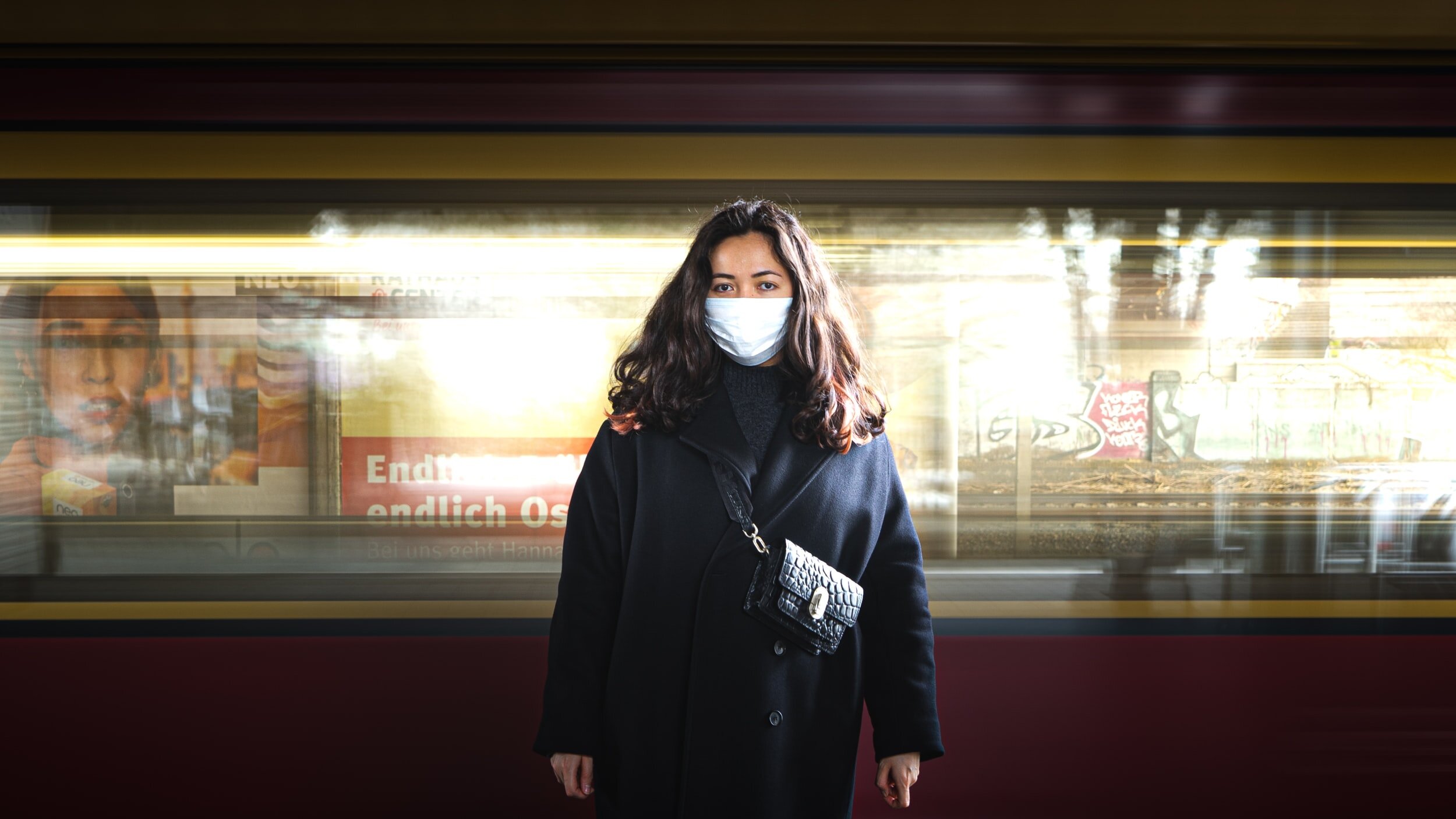
Rail transit and Covid-19
How can we get transit back on track today, and positioned to thrive tomorrow?
+ Transit has and always will be essential.
Capable of moving millions every day, rail transit improves lives: providing an essential link to jobs and services, and reducing pollution, noise, and traffic. Transit will play an essential role in resuming public life in our cities, but it faces unique, complex challenges to do so safely and effectively.
+ The pandemic made existing problems worse.
Funding shortfalls, negative perceptions, and complex bureaucracy inhibit the success of public transportation. No two systems are alike: some are desparately over-capacity, while others struggle to achieve enough ridership to adequately fund the system.
Now, crowded train cars must be avoided. Lost ridership means even less funding. Rail infrastructure is inherently inflexible, and ever-changing pandemic response tactics make changes even more difficult to implement.
An opportunity for short-term change bringing long-term transformation.
The Covid-19 pandemic has given the opportunity to think beyond both immediate and entrenched challenges, in order to create better rail transit now and for the future. Taking measured steps to provide a safe journey can seed trust in the short term; so that ridership can return in the future—in even greater numbers than before.
Implementing long-term solutions that provide safe, robust, dependable services, and attractive, delightful experiences will ensure a better, more compelling rail transit experience in our cities—where everyone has access to opportunities to live, work and play.
Drawing inspiration from current trends and expertise in passenger experience, we identified opportunities and interventions for rail transit in the Covid world.
Our various solutions revolved around six main themes:
Manage passenger demand (Purple)
Dynamically optimize service and collaborate with third parties to mitigate/augment demand.Pre-commute planning (Orange)
Information empowers commuters to make safe and informed travel plans.Healthy environment (Magenta)
Seamlessly-integrated health filters keep people safe; interior design can make hubs healthier.Touchless train hall (Cyan)
Reducing touchpoints not only minimizes contamination, it also makes travel more efficient.De-crowd boarding (Yellow)
Operational and physical changes will move volumes of passengers more effectively and safely.Make space onboard (Green)
Balance capacity with social distancing, to ensure passengers feel, and are, safe.
Sample spread of theme, detailing solutions
Check out the complete whitepaper here.
In collaboration at Mijksenaar New York.


